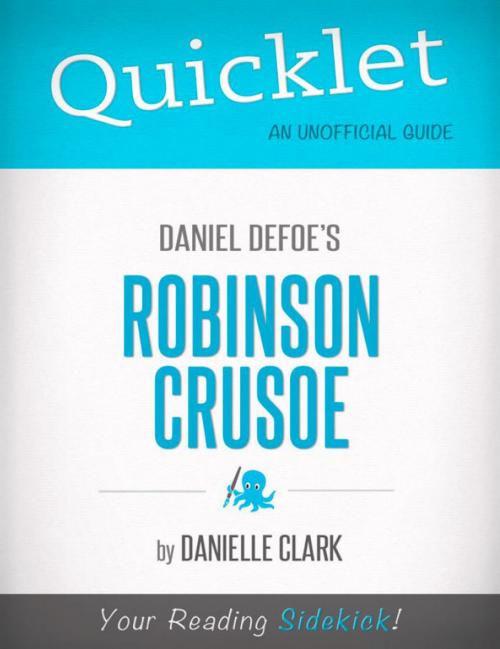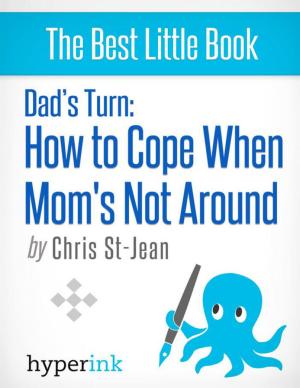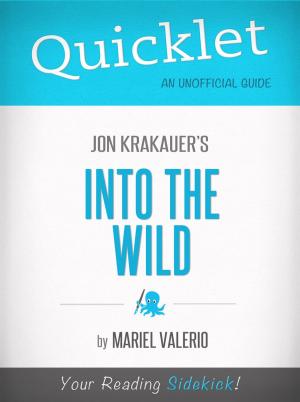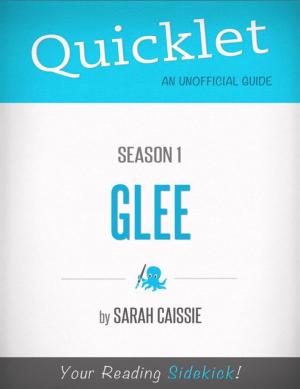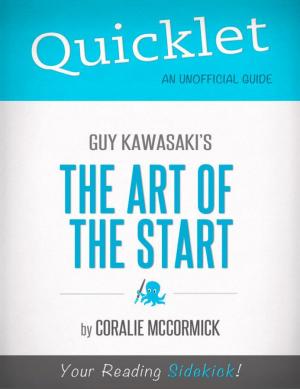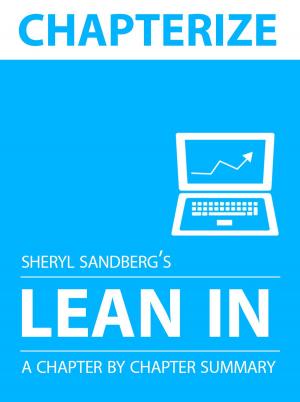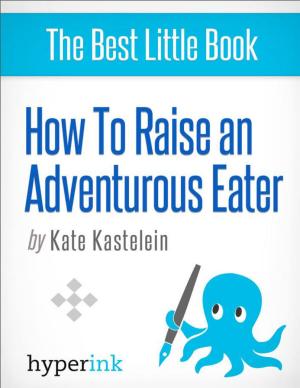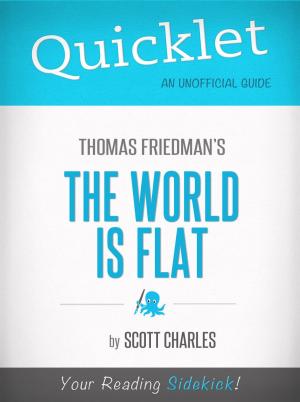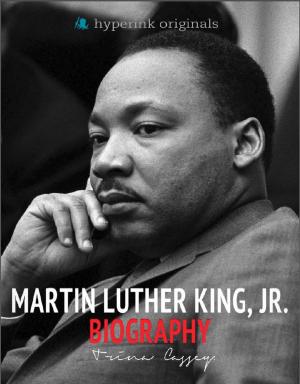Quicklet on Daniel Defoe's Robinson Crusoe
Nonfiction, Reference & Language, Study Aids, Book Notes, Art & Architecture, General Art| Author: | Danielle Clark | ISBN: | 9781484006474 |
| Publisher: | Hyperink | Publication: | February 16, 2012 |
| Imprint: | Hyperink | Language: | English |
| Author: | Danielle Clark |
| ISBN: | 9781484006474 |
| Publisher: | Hyperink |
| Publication: | February 16, 2012 |
| Imprint: | Hyperink |
| Language: | English |
ABOUT THE BOOK
When I first read Robinson Crusoe, I’ll admit, it was an assignment. I wasn’t really into the idea of reading a story about a man who gets dumped on an uninhabited island and then finds redemption as he learns to live with himself for twenty-eight years. As soon as I started the story though, I realized that I had the wrong idea that entire time.
The story is about a man who lives on a deserted island for close to thirty years, but the way nature entwines with the main character, nestling into every cranny of his psyche as he learns that he is just as much a part of the island as the tree he sleeps in or the fire he builds, is really quite magical.
MEET THE AUTHOR
Danielle Clark has an M.F.A. in Creative Writing from St. Mary's College of California and a B.A. in English Literature from UC Davis. She currently resides in the Bay Area and works as a Journalist in San Francisco's Financial District.
EXCERPT FROM THE BOOK
The story begins with Robinson Crusoe, a young man with a case of wanderlust, who does not want to heed his father’s wishes and settle into a career, but to travel by sea. He leaves, against the will of both his father and mother, and meets with several violent sea storms. The captain of his ship tells him that he is not cut out to be a seafarer, but Crusoe is too ashamed to go home and admit to his parents that his plans for sea life did not work out, so he boards another ship where he has better luck as a sailor. On the way back from an expedition to Africa he is taken captive by a Moor, but soon escapes, along with a slave. He then buys a sugar plantation in Brazil, where he is prosperous for some time.
Crusoe sets off on an expedition to Africa where he plans to buy a shipload of African slaves for his sugar plantation, but in the process he is shipwrecked. When Crusoe regains consciousness after the wreck he realizes that he is the only survivor. He utilizes as many supplies as possible from the wrecked ship, and makes himself a crude shelter. Over time,
Crusoe begins to develop many survival skills that aid him during his time alone on the island. He becomes a craftsman and develops many tools to enhance the comfort of his solitary life.
As the years pass Crusoe also starts to develop a strong relationship with God. He communicates with God, and in order to understand his musings and stay in touch with his former life he begins to keep a journal. Crusoe renews his duty to God, and once this happens he is also able to explore the island more deeply and find a place on an alternate area of the island to build a nicer home.
Buy a copy to keep reading!
ABOUT THE BOOK
When I first read Robinson Crusoe, I’ll admit, it was an assignment. I wasn’t really into the idea of reading a story about a man who gets dumped on an uninhabited island and then finds redemption as he learns to live with himself for twenty-eight years. As soon as I started the story though, I realized that I had the wrong idea that entire time.
The story is about a man who lives on a deserted island for close to thirty years, but the way nature entwines with the main character, nestling into every cranny of his psyche as he learns that he is just as much a part of the island as the tree he sleeps in or the fire he builds, is really quite magical.
MEET THE AUTHOR
Danielle Clark has an M.F.A. in Creative Writing from St. Mary's College of California and a B.A. in English Literature from UC Davis. She currently resides in the Bay Area and works as a Journalist in San Francisco's Financial District.
EXCERPT FROM THE BOOK
The story begins with Robinson Crusoe, a young man with a case of wanderlust, who does not want to heed his father’s wishes and settle into a career, but to travel by sea. He leaves, against the will of both his father and mother, and meets with several violent sea storms. The captain of his ship tells him that he is not cut out to be a seafarer, but Crusoe is too ashamed to go home and admit to his parents that his plans for sea life did not work out, so he boards another ship where he has better luck as a sailor. On the way back from an expedition to Africa he is taken captive by a Moor, but soon escapes, along with a slave. He then buys a sugar plantation in Brazil, where he is prosperous for some time.
Crusoe sets off on an expedition to Africa where he plans to buy a shipload of African slaves for his sugar plantation, but in the process he is shipwrecked. When Crusoe regains consciousness after the wreck he realizes that he is the only survivor. He utilizes as many supplies as possible from the wrecked ship, and makes himself a crude shelter. Over time,
Crusoe begins to develop many survival skills that aid him during his time alone on the island. He becomes a craftsman and develops many tools to enhance the comfort of his solitary life.
As the years pass Crusoe also starts to develop a strong relationship with God. He communicates with God, and in order to understand his musings and stay in touch with his former life he begins to keep a journal. Crusoe renews his duty to God, and once this happens he is also able to explore the island more deeply and find a place on an alternate area of the island to build a nicer home.
Buy a copy to keep reading!
